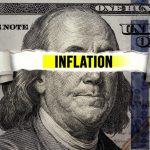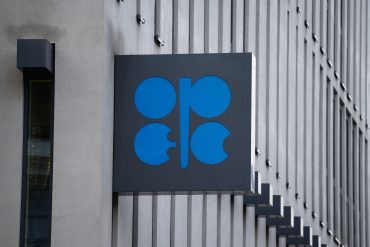
European Stocks Beat U.S. Markets by Record Margin Since 2000
5 minute read

European stock market rally gains momentum as Germany’s €500 billion infrastructure plan drives regional economic growth
Three Key Facts
- European stocks outpace US by strongest margin since 2000: The Stoxx Europe 600 index has risen 6% this year while attracting €26 billion in net investment inflows during the first quarter.
- Germany leads rally with 17% growth: Berlin’s fiscal policy overhaul includes €500 billion in infrastructure spending, driving substantial gains in automotive and industrial sectors.
- European Central Bank rate cuts to 1.75% expected: Goldman Sachs forecasts further monetary stimulus by mid-next year, supporting banks and consumer-driven sectors across the region.
Introduction
European equity markets are experiencing their most robust performance relative to US stocks in over two decades, marking a significant shift in global investment flows. According to MoneyWeek, the pan-European Stoxx Europe 600 index has surged 6% this year, substantially outperforming America’s S&P 500.
The rally extends beyond simple index performance, with European equity funds attracting €26 billion in net investment inflows during the first quarter. Market analysts expect an even stronger showing in the second quarter as investors reassess regional opportunities amid changing monetary policies and fiscal reforms.
Key Developments
The momentum accelerated in March following German Chancellor Friedrich Merz’s announcement of sweeping fiscal policy changes. Berlin committed to borrowing €500 billion for infrastructure improvements while easing defense spending restrictions, representing what Bloomberg’s John Authers describes as an “astonishing reversal of fiscal policy.”
European markets continue building on gains from improved US-China trade relations, with the Eurozone’s STOXX 50 closing 0.4% higher at 5,411 points. The pan-European STOXX 600 maintained its upward trajectory, closing marginally above the flatline at 545 points.
Sector leadership comes primarily from automotive and industrial companies. Volkswagen, BMW, and Stellantis posted gains between 3% and 4.5%, while industrial giants Siemens, Airbus, and Schneider each climbed 1.5%. However, Munich Re dropped 4.5% following first-quarter results impacted by Los Angeles wildfire damage.
Market Impact
Banking stocks emerge as standout performers across the region. The iShares MSCI Europe financials index has risen by one-third in dollar terms this year, benefiting from the interest rate environment and improved economic outlook.
Currency dynamics present mixed signals for European equities. While a falling euro potentially benefits local companies with international sales, Goldman Sachs notes it creates challenges for attracting foreign investment due to currency risk concerns, particularly from US investors.
Performance varies significantly by country within Europe. Germany leads with 17% growth, Italy follows at 15%, while France’s CAC 40 barely outperforms US indices. This disparity reflects different economic structures and policy responses across the continent.
Strategic Insights
Lower borrowing costs provide fundamental support for the European rally. Eurozone interest rates stand at 2%, substantially below US rates exceeding 4%. With inflation dropping below 2% last month, room exists for additional monetary stimulus.
Goldman Sachs Research projects the STOXX 600 will generate approximately 9% total returns next year despite political and trade uncertainties. The firm expects the European Central Bank to reduce rates to 1.75% by mid-next year, creating opportunities in telecommunications and real estate while benefiting consumer-focused companies.
France’s underperformance highlights structural challenges within the European recovery. The country’s reliance on luxury goods, facing slower sales in China and the US, constrains growth potential. Additionally, persistent political uncertainty following Emmanuel Macron’s snap election creates an unstable investment environment.
Expert Opinions and Data
Market structure differences explain varying national performances within Europe. Corentin Chappron of Les Echos notes that banks constitute 46% of Milan’s market value compared to just 11% in Paris, allowing Italian investors to benefit more from the financial sector rally.
Craig Mellow of Barron’s emphasizes that the eurozone’s historically lower inflation risk compared to the US and Britain becomes increasingly relevant as 2022 gas-price spike effects diminish. This fundamental advantage supports sustained monetary accommodation.
Goldman Sachs analysts highlight that economic risks and slow growth temper expectations, but identify potential gains if the eurozone addresses inflation effectively and enhances competitiveness to attract international investors.
Conclusion
European equity markets demonstrate their strongest relative performance against US stocks in over two decades, driven by accommodative monetary policy, fiscal stimulus in key economies, and structural advantages in inflation dynamics. While the rally shows broad-based strength across sectors like banking and industrials, significant disparities between countries reveal the uneven nature of Europe’s economic recovery.
The combination of lower interest rates, substantial infrastructure spending commitments, and improving trade conditions creates a supportive environment for continued outperformance. However, currency headwinds and persistent political uncertainties in major economies like France present ongoing challenges to sustained momentum.








